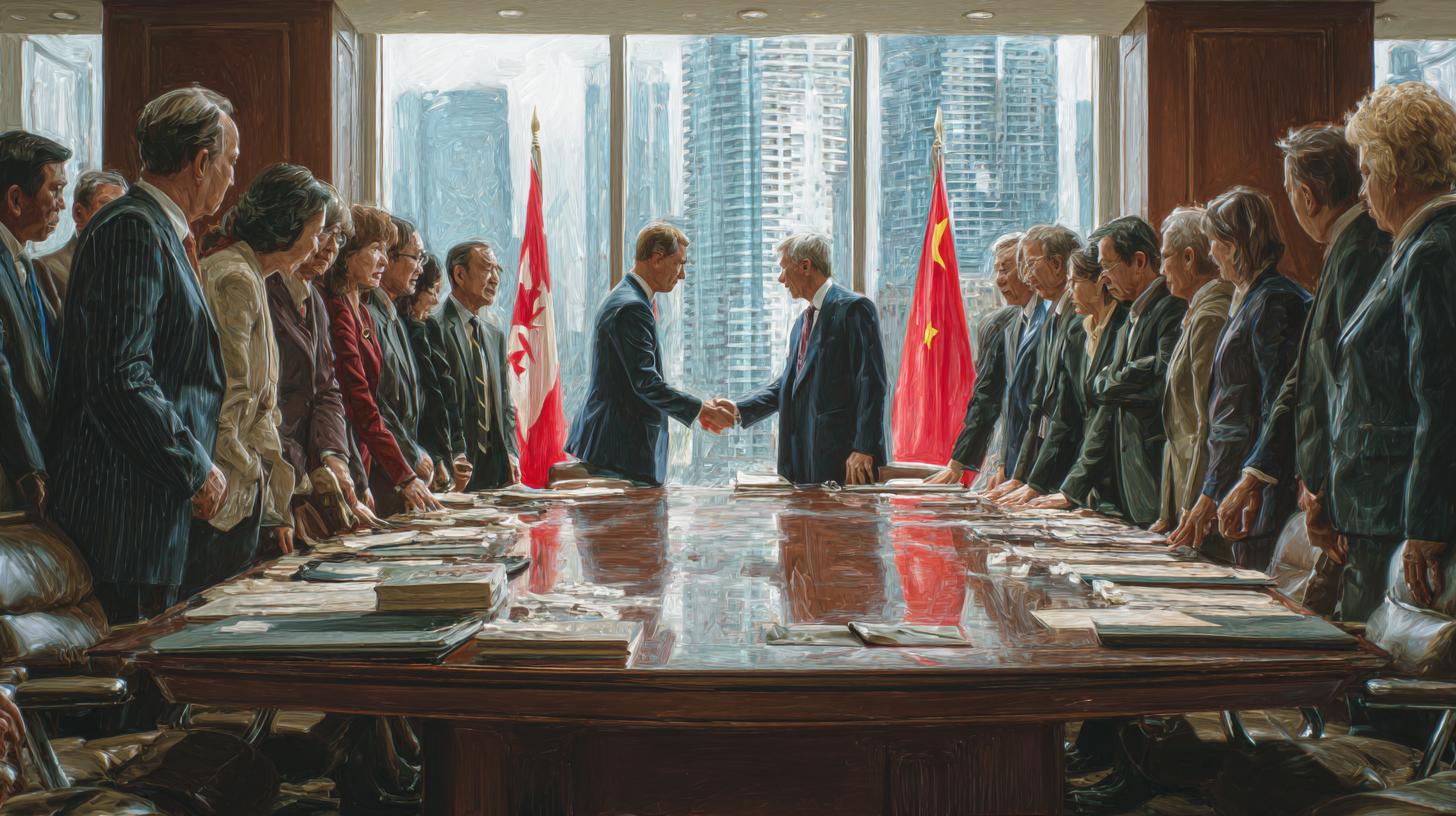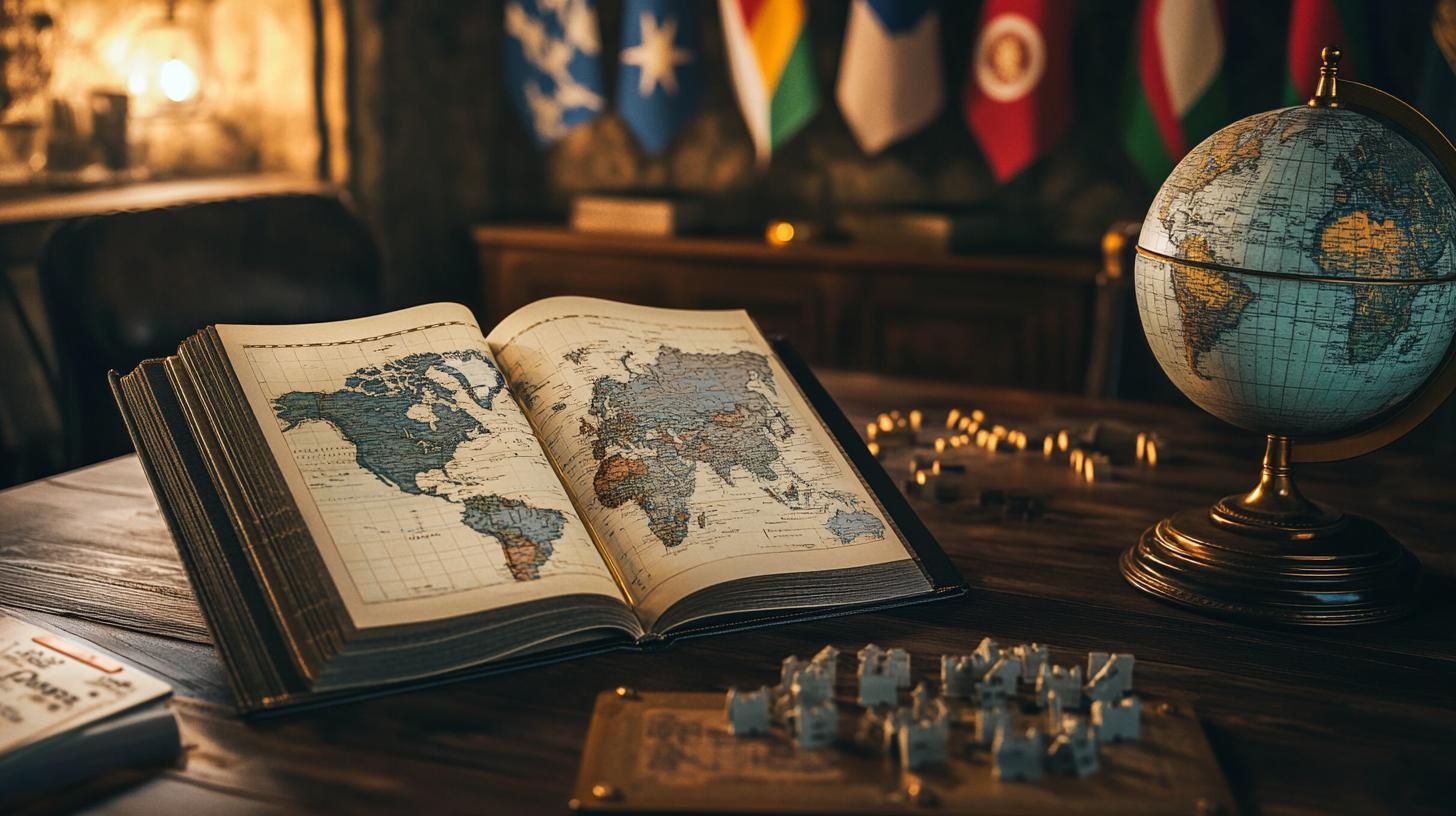Mastering Diplomacy Negotiation Tactics for Lasting Success
When dialogues stall and stakes run high, understanding the art of diplomacy negotiation tactics can mean the difference between progress and gridlock. Whether you’re brokering international agreements or navigating high-stakes corporate deals, proven strategies help you forge trust, break deadlocks, and create mutually beneficial outcomes. In this in-depth guide, we’ll explore the foundations of diplomatic negotiation, uncover actionable tips you can implement today, share compelling case studies, and shed light on common obstacles—so you can step into every discussion with confidence. Prepare to elevate your communication skills, sharpen your bargaining strategies, and master the subtle dance of negotiation that turns disagreement into collaboration.
Understanding Diplomacy Negotiation Tactics
Before diving into specific methods, it’s essential to grasp what diplomacy negotiation tactics really are: a set of strategic behaviors, communication styles, and psychological insights that negotiators use to influence dialogue and outcomes. Unlike aggressive bargaining, these tactics focus on relationship-building, mutual respect, and creative problem solving—factors that often determine whether agreements hold up over time.
The Rich History of Diplomatic Dialogue
From ancient envoys delivering scrolls to modern ambassadors navigating global summits, diplomatic negotiations have shaped our world for millennia. Early examples, like the Treaty of Kadesh in 1259 BCE, illustrate how leaders have long relied on ceremony, gift exchanges, and personal rapport to seal peace accords. Understanding these historical precedents provides context for today’s negotiation frameworks.
Core Principles of Successful Negotiations
While tactics vary across cultures and industries, several universal principles lie at the heart of every fruitful engagement. Integrity and consistency build trust; clear objectives guide strategy; and empathy fosters openness. By anchoring your approach in these fundamentals, you’ll ensure that every action you take serves a larger goal of collaboration and trust.
Key Benefits of Effective Diplomacy Negotiation Tactics
Integrating these diplomacy negotiation tactics into your workflow offers a range of advantages:
- Stronger Relationships: Consistent application of respectful techniques deepens long-term bonds with counterparts.
- Better Outcomes: Creative, win-win proposals often yield higher value than zero-sum deals.
- Reduced Conflict: Proactive communication and empathy lower tensions, saving time and resources.
- Enhanced Reputation: Skilled negotiators earn credibility, opening doors to future opportunities.
Actionable Tips for Implementing Diplomacy Negotiation Tactics
Ready to streamline your negotiation playbook? Here are five practical tips—each rooted in diplomatic tradition and modern psychology—that you can begin applying immediately.
Tip 1: Research and Preparation
Effective diplomats never enter talks without a comprehensive briefing. Study your counterpart’s culture, priorities, and past agreements. Craft a clear agenda and define both your ideal outcome and your BATNA (Best Alternative to a Negotiated Agreement). Thorough preparation boosts confidence and positions you as a credible, informed partner.
Tip 2: Building Rapport and Trust
Break the ice with genuine conversation. Share a personal anecdote or highlight shared interests. In international settings, small gestures—learning basic phrases in your counterpart’s language or mentioning a recent cultural event—can establish goodwill and demonstrate respect.
Tip 3: Active Listening and Strategic Questioning
Active listening means focusing fully on the speaker and responding with clarifying questions. Paraphrase key points to confirm understanding. Thoughtful inquiries—“What challenges do you foresee?” rather than yes/no questions—can reveal hidden concerns and open pathways to compromise.
Tip 4: Managing Emotions and Conflict
Emotional intelligence is at the core of diplomacy negotiation tactics. Recognize your own stress signals and those of your counterpart. Use calming techniques—deep breathing or brief breaks—to defuse tension. Acknowledge emotions: “I understand this issue is sensitive,” then redirect toward shared objectives.
Tip 5: Crafting Mutually Beneficial Solutions
Seek creative win-win scenarios rather than zero-sum outcomes. Introduce multiple options to encourage flexibility. For example, if negotiating trade terms, you might offer a slight price increase in exchange for faster delivery schedules—creating value on both sides.
Examples and Case Studies
Real-world success stories illustrate how diplomacy negotiation tactics unfold in practice.
- Camp David Accords (1978): U.S. President Jimmy Carter used shuttle diplomacy and personal rapport to bridge gaps between Egypt and Israel, culminating in a historic peace treaty.
- Corporate Merger Negotiations: Two global tech firms applied principled negotiation—focusing on interests rather than positions—to agree on equitable stock swaps and governance structures.
Overcoming Common Challenges
Even seasoned negotiators face obstacles. Recognizing and addressing these issues upfront can prevent derailment.
- Cultural Misunderstandings: Invest time in cross-cultural training to avoid unintended offenses.
- Power Imbalances: Use coalitions, alliances, or third-party mediation to level the playing field.
- Communication Breakdowns: Establish clear channels—video calls, translated documents, or on-site visits—to ensure alignment.
Next Steps to Enhance Your Diplomatic Skillset
Mastering diplomacy negotiation tactics is an ongoing journey. Commit to continuous learning by attending workshops, reading classic negotiation texts like “Getting to Yes,” and seeking mentorship from seasoned professionals. Track your progress in real-time scenarios and solicit feedback to refine your approach. With perseverance and an open mind, you’ll transform every negotiation into an opportunity for mutual growth.
Ready to take your negotiation prowess to the next level? Subscribe to our newsletter for exclusive worksheets, video tutorials, and insider interviews with top diplomats and dealmakers. Share your biggest negotiation challenge in the comments below, and let’s start a conversation—because great outcomes are built together!


